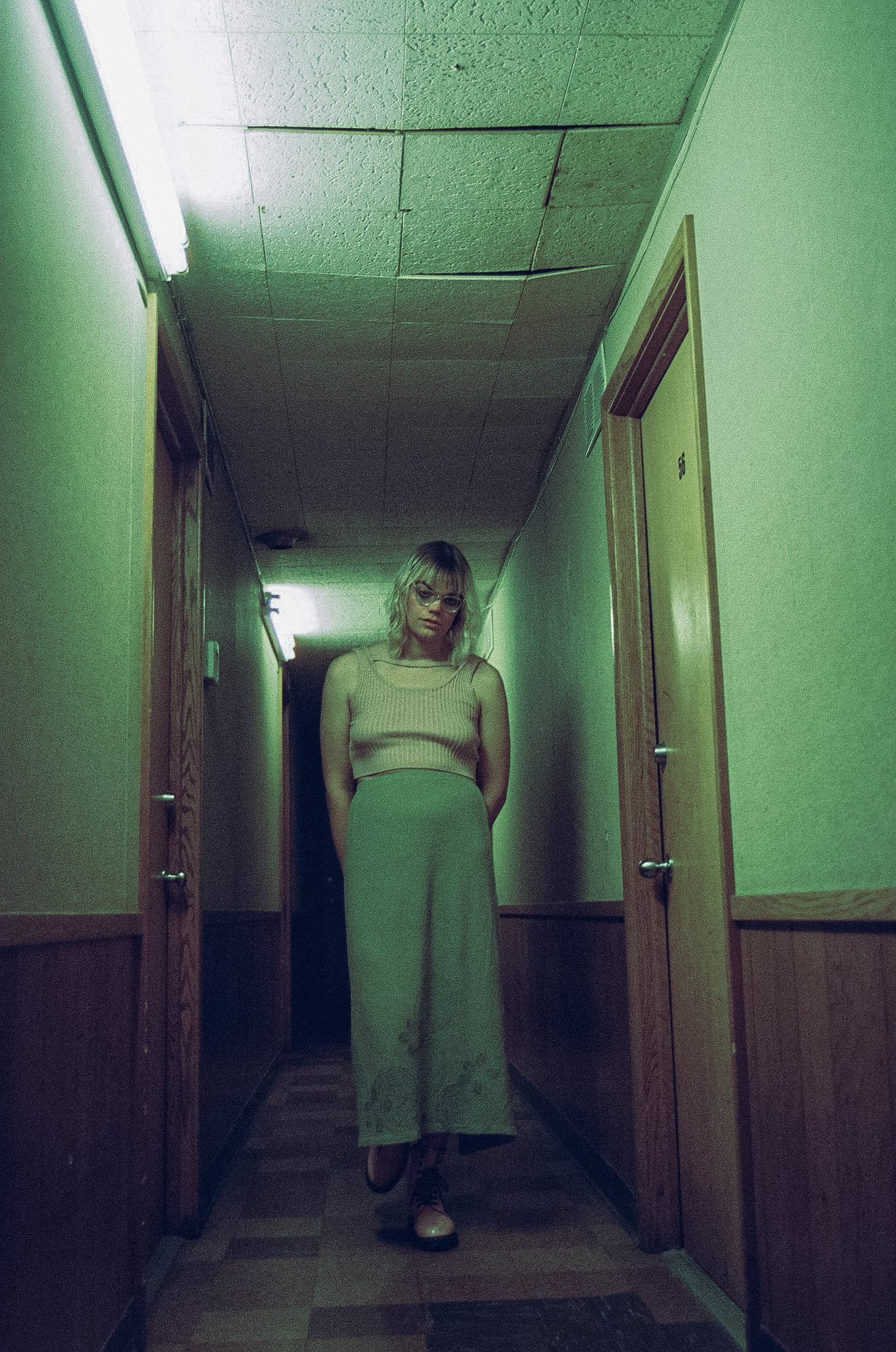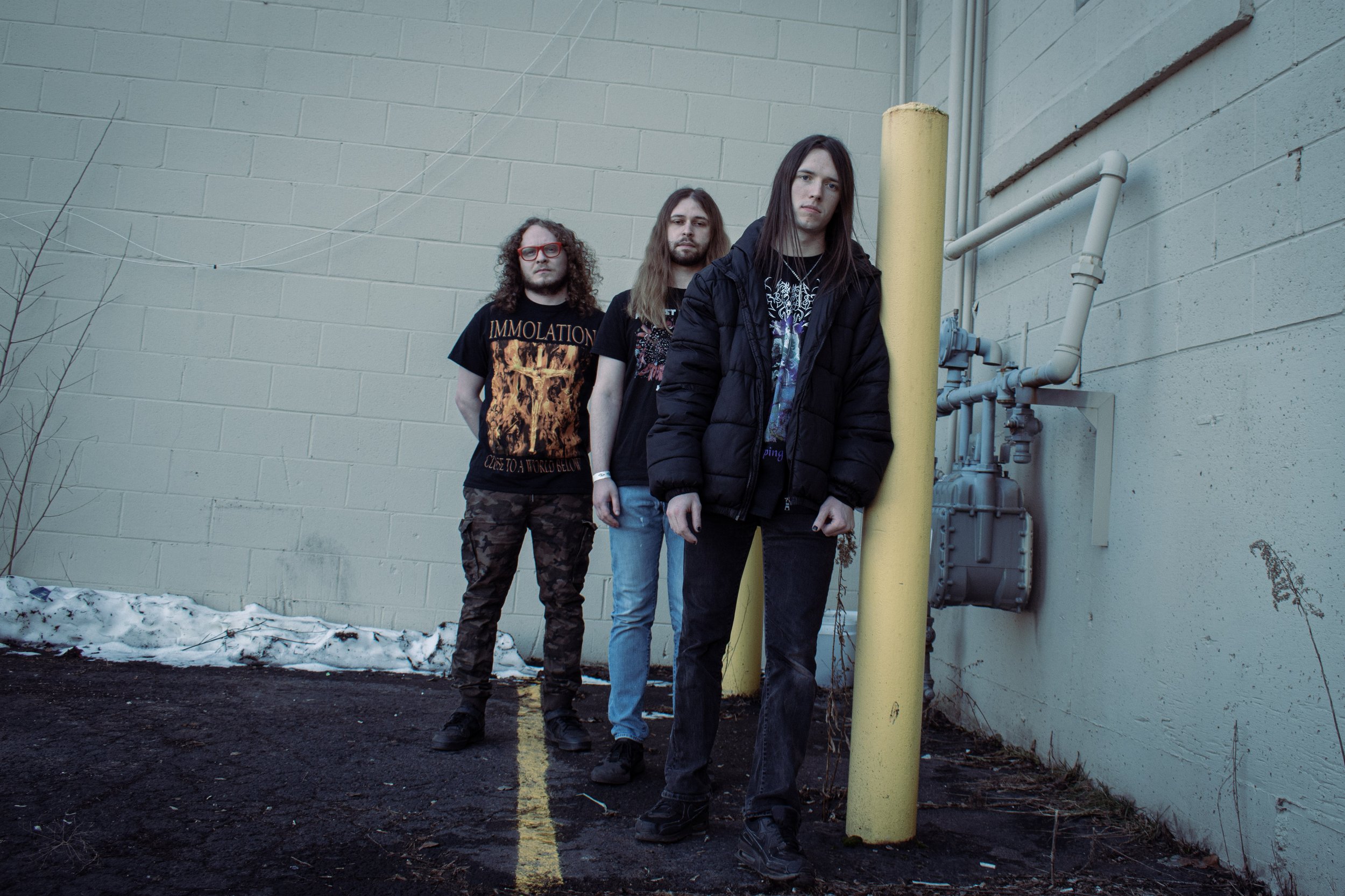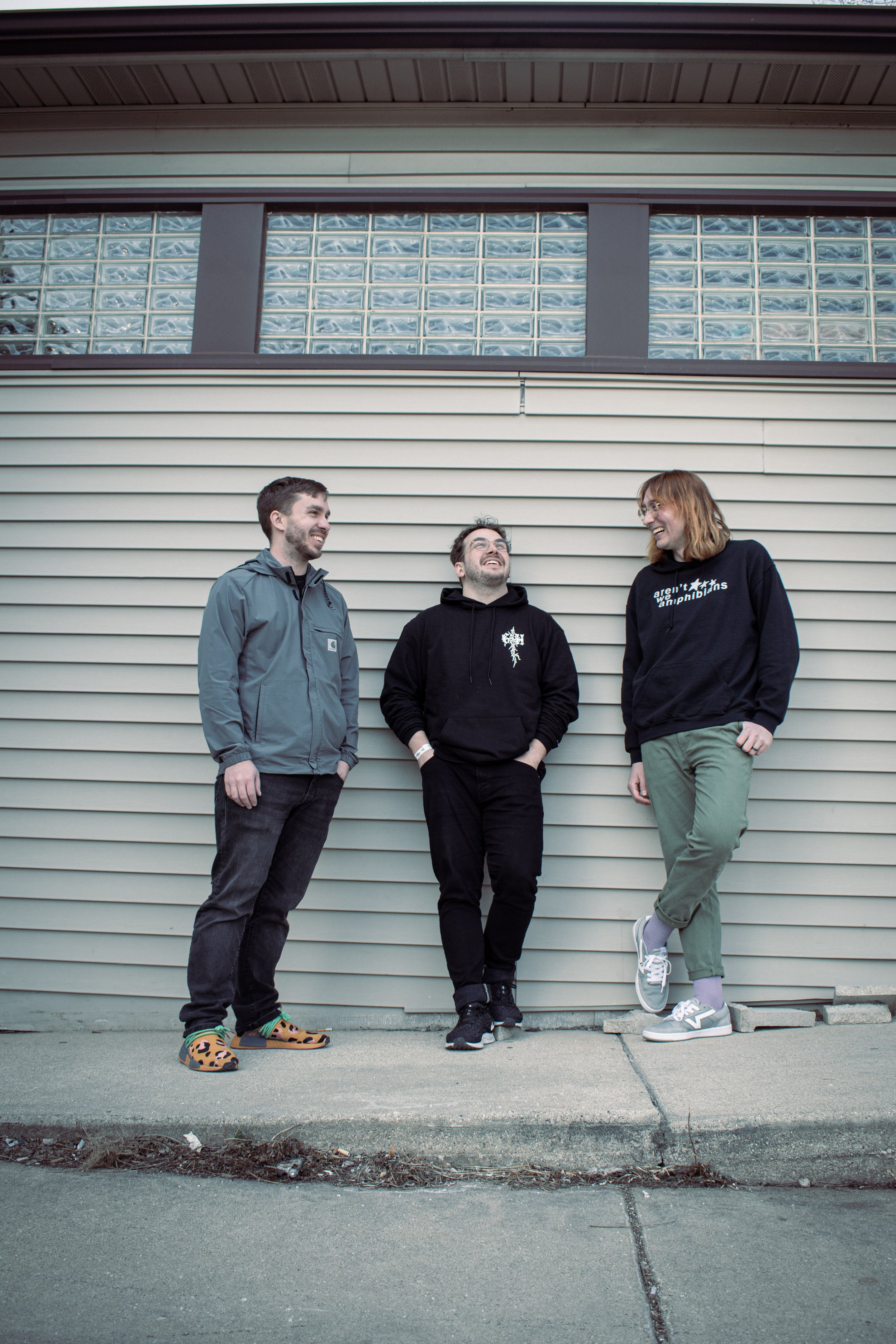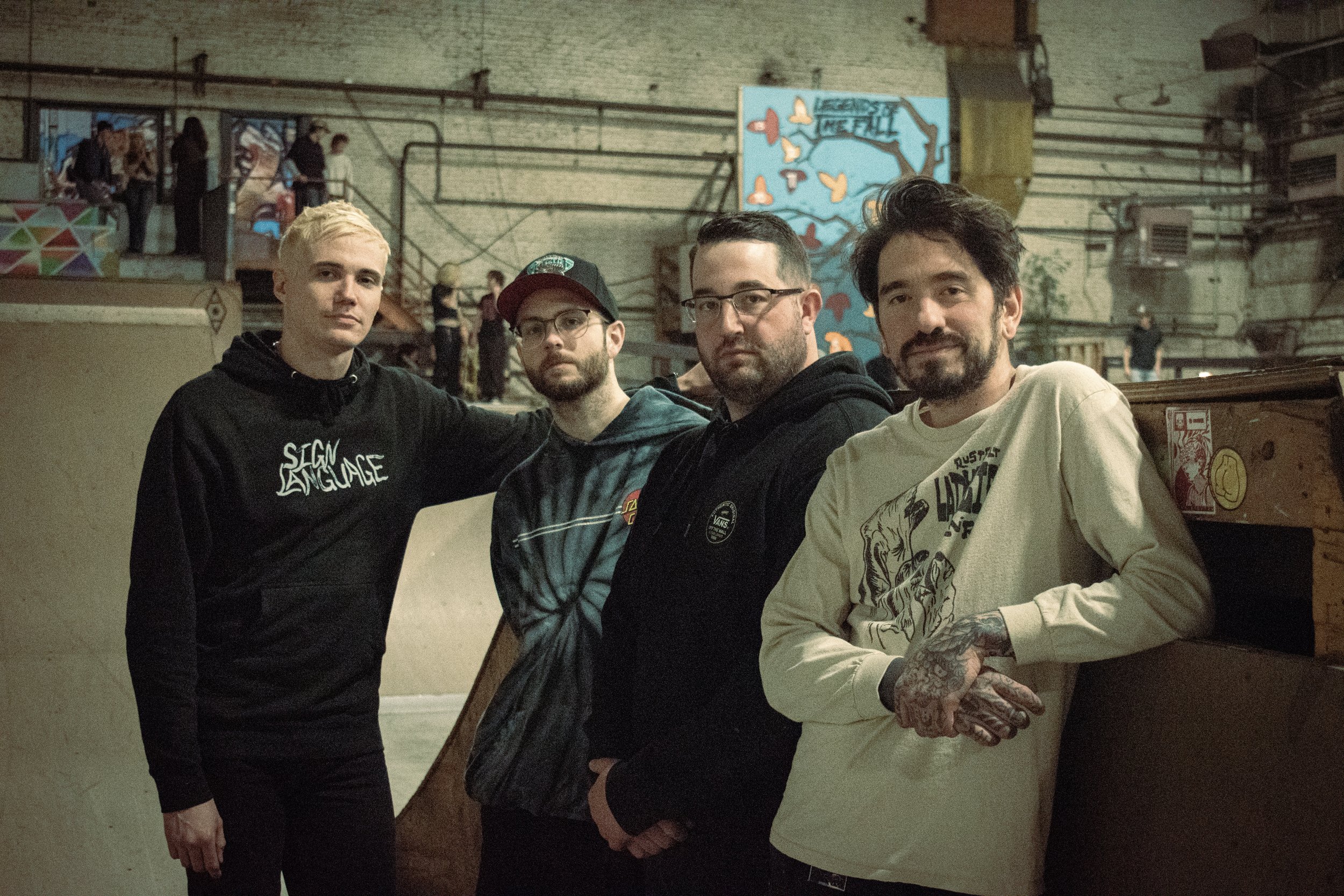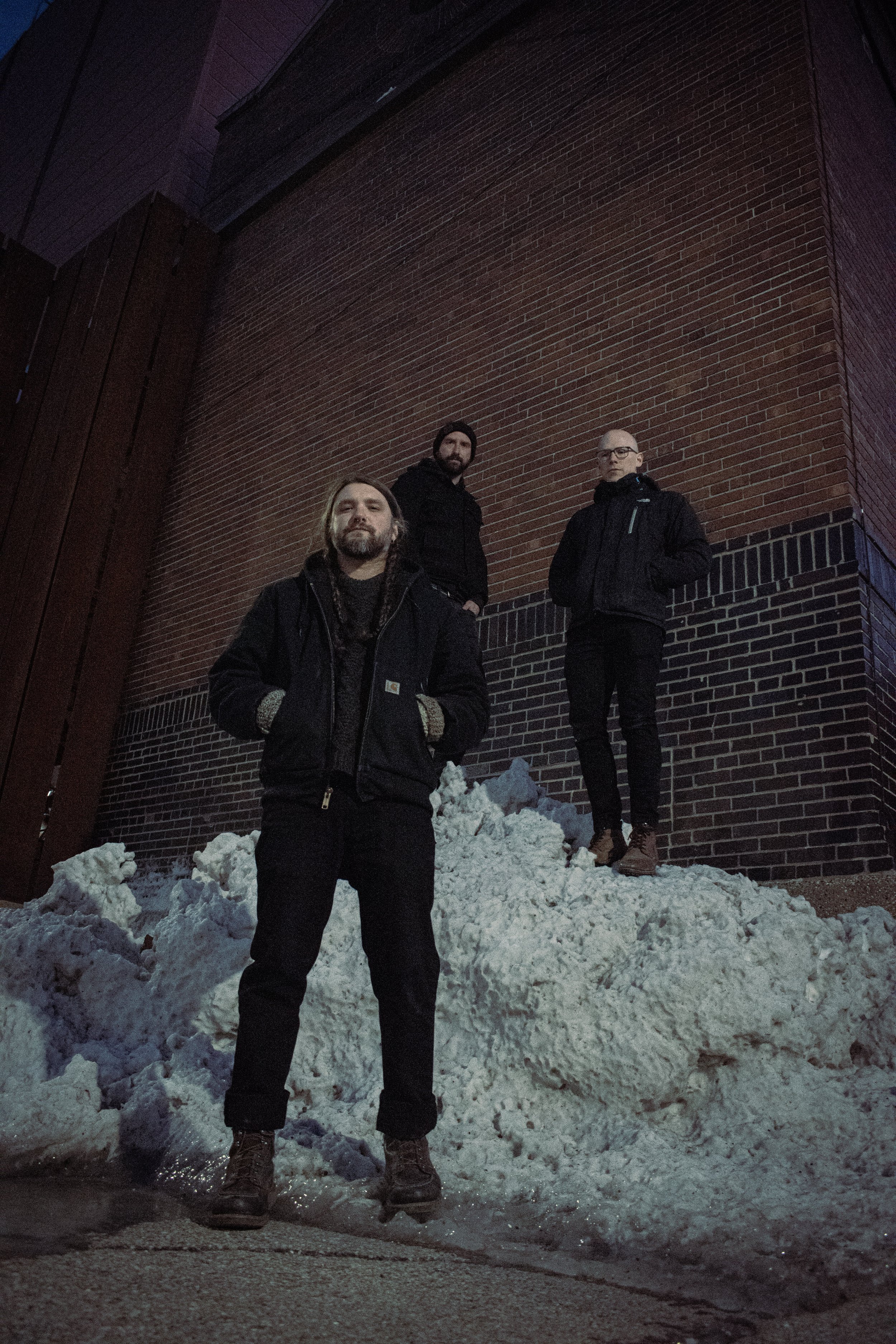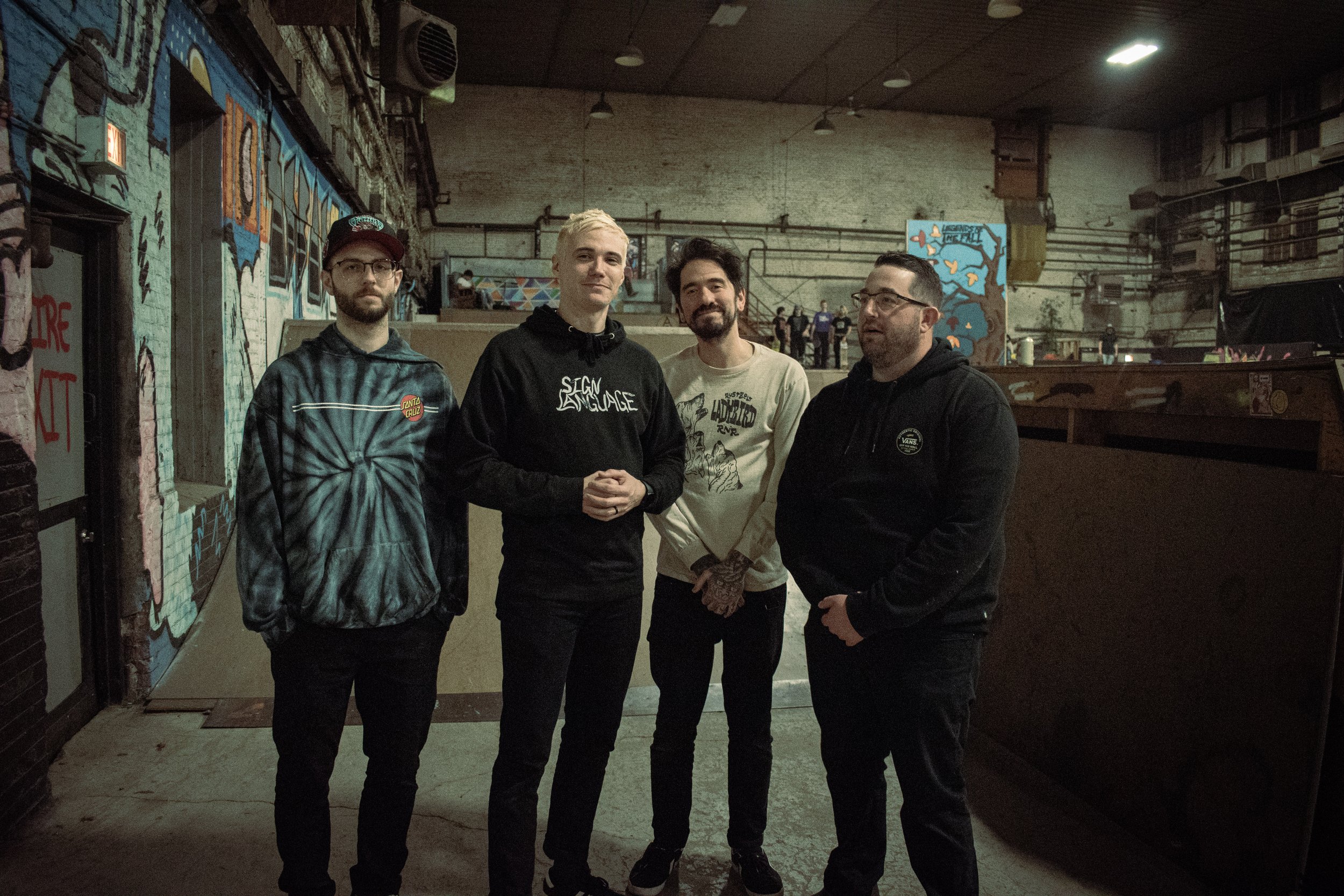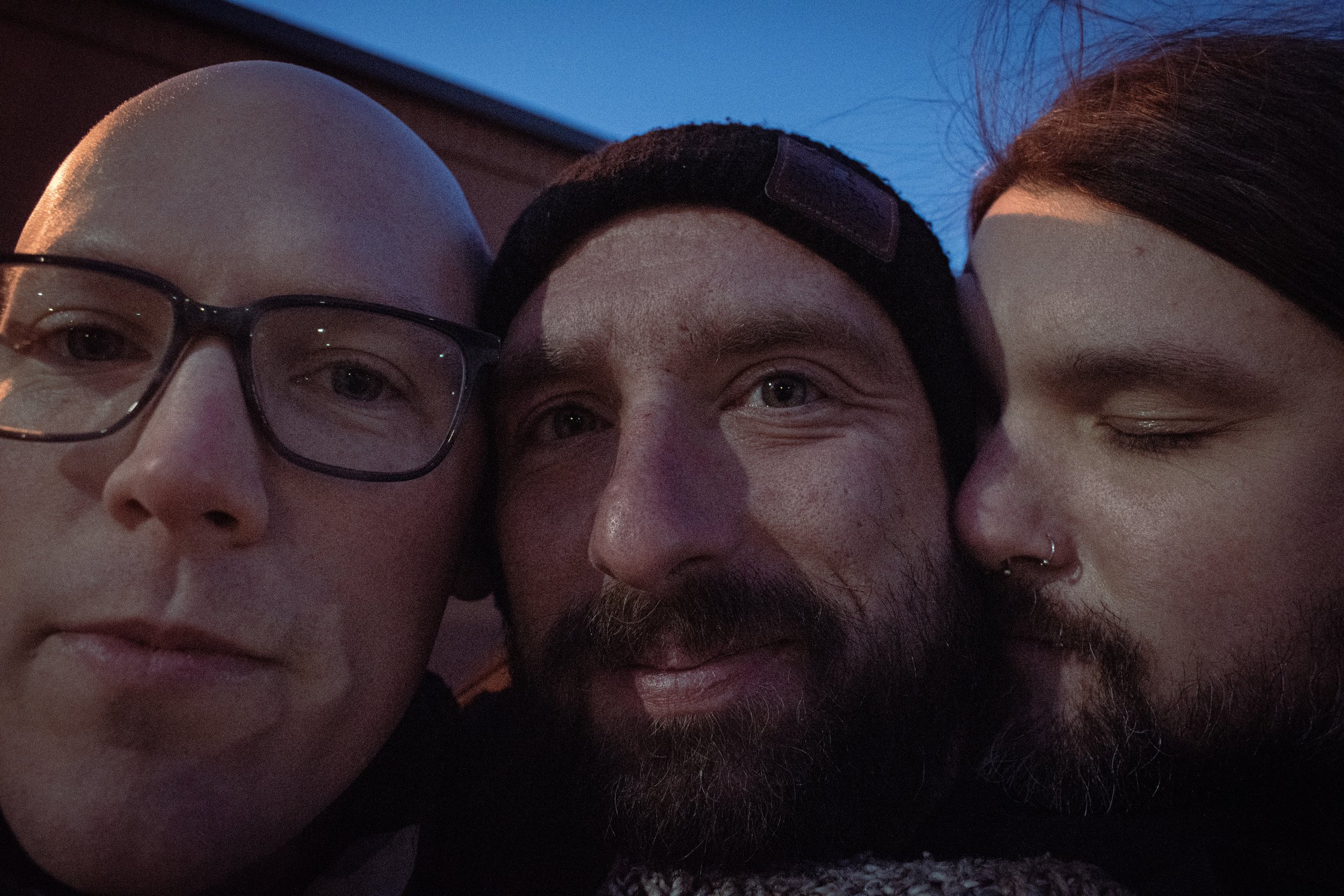The DRIVE Issue: AAAAAAA! A Look Into Midwest Skramz
Words & Photos by Elliot Novak, Art by Macy Chen & Anita velveeta by sarah bel kloetzke
Skramz is a weird word- when talking to my father about the genre of skramz, his response was “you just made that one up” and honestly, who can blame him? For those who are not aware, skramz is the name given to screamo bands that call back to the sounds of the screamo bands of the ‘90s and ‘00s such as Orchid and Jerome’s Dream. As screamo moved into a more commercialized and often overproduced style, many bands wanted a new term to differentiate “real screamo” from the genres that were viewed as insincere offshoots. As is the case with any genre, the sound of skramz has ebbed and flowed over time but eventually tends to settle back into that original sound. The genre is a descendant of hardcore punk, evident by the aggressive, fast-paced songs with equally aggressive vocals paired with it. Screamo has, as is the case with music on a greater scale, evolved its sound to reflect the geography it inhabits. I sat down with five skramz/screamo adjacent Midwest artists Stars Hollow, Blind Equation, Anita Velveeta, Garden Home and Snag to discuss their own experiences with the screamo scene of the Midwest and how they feel geography and time have impacted the state of their respective scenes.
Community was a word that came up in every conversation. Bouncing back following a global pandemic, local scenes became more tight knit, prioritizing the need for art rather than viewing local shows as a profit. “There’s an overall cooler experience, a lot more of a wholesome experience and just seeing more people willing to help out,” says James McHenry of Chicago cybergrind band Blind Equation. He added “I haven’t seen much of that now, and I’m sure that that still exists, it’s just not prevalent in the spaces that I’m in now. It seems to be in a really cool spot now and there’s a lot of really cool artists doing stuff that’s pushing the boundaries of what they’re doing and it’s really cool being a part of it.” Over time, bands have seen their local scenes ebb and flow with the creation and dissipation of bands, though it continues to overall grow and flourish.
Local scenes seemed to be taken more seriously following the COVID-19 lockdowns. Dylan Mazurkiewicz, guitarist and vocalist of Milwaukee based screamo band Garden Home, mentioned lockdown as a catalyst for communities in bouncing back, becoming more tight knit through the events of 2020 and 2021. “There was just this void of events, who was going to them and who was booking them and that just kind of reset the playing field for some things. Afterwards it just felt like Milwaukee’s scene just invested more in local.” Mazurkiewicz adds, “You can tell by things like the sold out show at Turner Hall and more local bands playing venues like The Vivarium, they’re really starting to invest in the local community more and I feel like that’s only proven by the amount of people going to shows.” Overall the growing presence of local bands can be found not just in Milwaukee, but in cities all over the Midwest.
Fostering a community is an integral part of any scene, and allowing people to be their authentic selves makes local music scenes vital to the wellbeing of the people that exist within them. Anita Bauer (vocals and guitar, Anita Velveeta) found that the biggest change that occurred throughout her time in the Twin Cities scene has been the presence of trans voices. “My last band was called Alien Book Club and we started in like 2018 and at that time the only other trans musician I knew was our guitarist.” She explained how the state of the scene has become more diverse, allowing for more marginalized voices to have a place to share their art, “from there it just grew and grew and now I can’t go to a local show without seeing a trans-fronted band and it makes my heart so happy.” The presence of queer and trans voices has only grown over time, cementing the importance of representation in music spaces.
Diversity of gender and identity aren’t the only things that have increased over time throughout the Midwest screamo scene, Snag’s drummer Brian Wysocki talked about the meshing of age groups, stating how the Milwaukee screamo and punk scene has grown and changed through how members interact. “There’s community between all different age groups, just seeing how the older punks also appreciated the younger punks, it’s really cool to see the similarities from when I started hosting shows to now.” In 2008, Wysocki began hosting DIY shows when he first moved to Milwaukee.
The Midwest has been known for many prominent bands across a range of genres, from The Revolution and Hüsker Dü from Minnesota to American Football and Tortoise from Illinois. When asked about the sound that is intertwined with the music scenes of the Midwest, all the bands agreed that there was a uniqueness that caused the Midwest to stand out from other areas with prominent music scenes such as the East and West coasts. Bauer brought up the history of music within the Midwest and how the origin of genres is often incorrectly attributed to larger cities on the coasts. “The Midwest does and has made really cool music for decades and then it gets to the coasts and the coasts are like ‘oh we invented this’ and it’s like ‘no, this was made in Chicago, or Detroit’ like punk and techno came out of Detroit, house came out of Chicago, midwest emo came out of rural Illinois. It’s still happening today, cybergrind and hyperpop are Midwest things.” Bauer explains “I think that’s because the Midwest is more working class. I think there’s still a lot of good music that comes out of the coasts, I just think that the Midwest is always thinking about innovation and not just doing what’s popular and that’s really unique.”
The tonality of the genres is also a unique factor within the Midwest’s screamo and more emotional hardcore-centric scenes. Tyler Stodghill (guitar and vocals) and Em Bussanmas (bass) of Iowa-based Stars Hollow brought up the difference of emotive tones between screamo and emo stemming of the Midwest as opposed to the coasts. “It’s a more somber approach, especially in terms of lyrics,” Stodghill states. Bussanmas follows up the statement, explaining, “lyrics from the Midwest are often more focused on, “these are the issues I have with myself” rather than “these are the things that make me happy,” that’s pretty prominent on the coasts.” Snag elaborated on the tonality within the Midwest screamo scene as well. “I feel like there’s sort of an emo twang with it,” Wysocki said, Snag guitarist Samm Szymborski adds on “it’s more screamo with an emphasis on emo,” in regards to the prominent influences from midwest-emo bands such as American Football and The Promise Ring.
In terms of musical sound, the Midwest is the epicenter for sonic diversity within a genre. Bands such as Snag implement a variety of instruments within their music, moving away from the more minimalist screamo sound of bareboned instrumentals accompanied by harsh vocals. Snag bassist Peter Murphy spoke on the band’s influences. “We all really appreciate music like A Silver Mt. Zion and Godspeed You! Black Emperor along with some of the prettier stuff like The World Is a Beautiful Place and I’m No Longer Afraid to Die among others. And on a record when you can when you have the space and you have the time to incorporate a broader sonic palette.” Murphy continued, emphasizing the incorporation of community within the creation of music, “I think some of the stuff when we slow down and like, let songs air out and breathe, they lend themselves really well to brass and strings. And our friend, John Larkin has been on every one of our records. And everything he touches is gold as far as I'm concerned, it was such a great sensibility.” Szymborski seconded the communal aspect of the art. “There’s so many homies that are in the scene play in bands that aren't particularly heavy, but it's like, ‘damn, you are talented.’ And I want to some have some sort of collaboration together.” The collaborative aspect of creation in local spaces leaves a lasting impact all involved.
Overall the existence of skramz in the Midwest has been a growing journey, branching out from the classic screamo sound to a much more diverse presence. The life cycles of bands within the Midwest screamo/screamo-adjacent scenes is something that’s been a constant throughout time and remains to be a vital presence within the greater breadth of the Midwest. “The scene doesn’t age, it evolves, other people take the reins,” Bussanmas states, with perfect statement to sum up the seeming immortality of music scenes.



